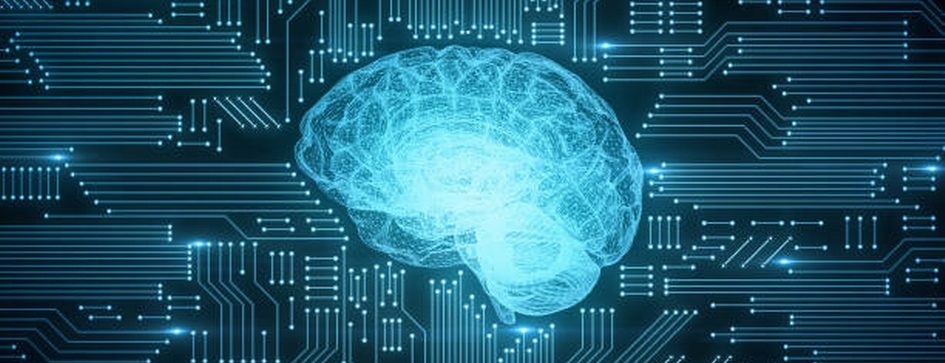Has Google’s RankBrain AI Solved the Calibration Problem?

Artificial intelligence is without a doubt the subcategory of computer science deepest in love with automation. Its ability to collect incomprehensible amounts of data, plus its use of algorithms which launch it back out towards ever more specialized audiences, makes it very attractive to marketing agencies and the businesses they take on as clients.
Google’s live AI – called RankBrain – claims to automate online ad optimization by simply feeding the website URL in question into it. Retargeting, bidding strategies, and landing pages are also optimized automatically, because RankBrain makes decisions based on the meta-data associated with both inbound and outbound traffic. But is that all that is required to create a perfect marketing campaign online, every time you want it?
The development of artificial intelligence has been dominated by several systemic problems. Even now, it is still not perfect. The calibration problem is a moderately famous example of this.
Let’s examine the problem through a very simple example of how AI identifies content. Dogs and wolves are very similar creatures, but they are not identical to each other as a species. If researchers and tech developers ask an algorithm to collect as much data as it can on dogs and wolves online, it will do exactly that and create a 100% accuracy rate when it is asked to distinguish one species from the other, give or take some margin of error.
However, if that same AI was to identify and distinguish between species using information captured live on a smartphone camera, that accuracy rate drops significantly – possibly to a 0% accuracy rate, including margin of error.
This is because algorithms take the most common characteristics associated with wolves as they are merely present in the data and assumes that the entire data set is responsible for making a wolf what it is. The calibration of the data is either far too generalized or far too specific, creating disastrously erroneous results in both cases. AI could argue that the primary qualities of a wolf come from the fact that there’s snow on the ground at night, rather than anything that can be deduced from the wolf as it is a separate entity within the data set.
One would think that allowing an algorithm such as Google’s RankBrain to make well-informed, automated decisions about ad marketing would be risky at best and reckless at worst. However, RankBrain has one major advantage when it comes to addressing, or even defeating the calibration problem.
Dogs and wolves are always going to be distinct from one another, because we can scientifically prove that the distinctions between the two species exist. It is very difficult for us to prove that a certain consumer trend is scientifically more viable to follow than other contemporary trends, or trends that have existed previously.
Human experience creates a great amount of the justification surrounding a product or service’s utility, popularity, and sustainability – even though it is not scientifically capable of doing so. Therefore, it is very easy for RankBrain to acknowledge when trends exist as they are isolated from the data set.
If a marketing agency is looking to optimize online ad content for a client automatically, based on opinionated data that is consistently being introduced by consumers, RankBrain does exactly what its namesake suggests. Its ranks the importance of certain trends, such as a newly developed consumer value, and links that trend to the product or service in question. Once that’s done, it optimizes pre-existing ad content in a way that capitalizes on the opinions that are ranked the highest.
Statistically, the approach to ad content optimization is based on statistics coming in from a very large population – possibly as large as Google’s entire userbase. If a business needs to optimize their landing pages, retarget more effectively, or switch up their bidding strategies, RankBrain analyzes inbound and outbound traffic behaviors limited to the website. In the world of statistics, this is essentially transforming a z-test into a t-test. This removes nearly all the guesswork that obfuscates what needs to be done to guarantee greater levels of business growth.
Is it possible, then, to create a scenario in which RankBrain can make a mistake while optimizing a marketing strategy from the ground up? Absolutely. Mistakes are often made by matters of degree; for instance, RankBrain can optimize ad content based on data taken from a large population, which the opinions of the target audience do not agree with. Inversely, RankBrain can optimize a landing page in a way that attracts the target audience, but it simultaneously prevents an expansion of consumer base. In both instances, the audience is an outlier in the data set.
As is the case with any other great task in technological development, the human element is entirely necessary to ensure that whatever option artificial intelligence suggests is the correct decision to make. Core and More Technologies emphasizes the need for personal judgment that works in tandem with technological development, creating a more effective approach to collaboration between us and our clients. It’s our model of maintaining our expertise in the field, and it’s our way of releasing that expertise out into the world.
At the very least, algorithms like RankBrain can give decision makers a rational course of action, which they can take or leave at their leisure. For more information on what we do and how we do it, feel free to contact us!
